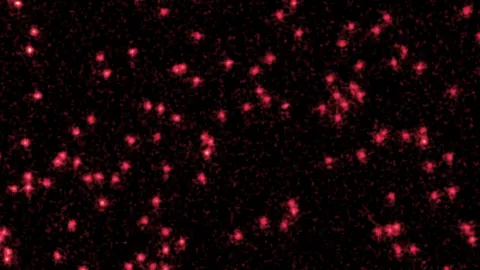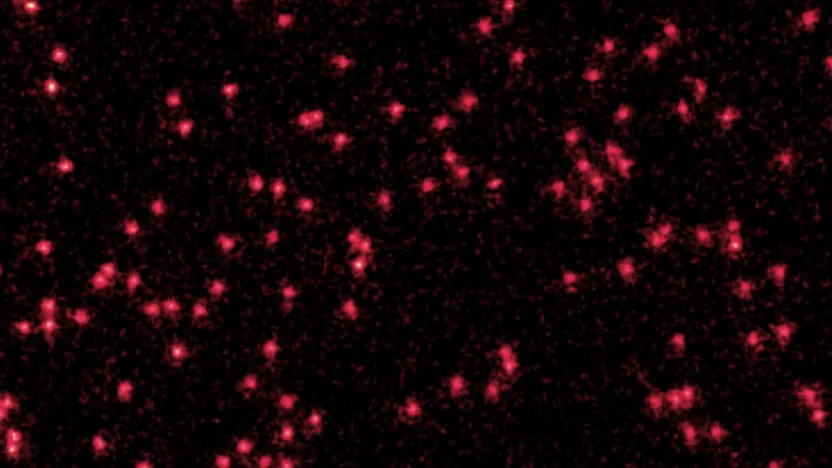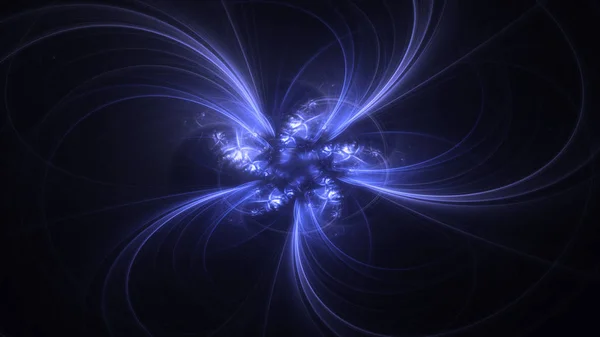Physicists captured atoms behaving like waves using a novel cooling and imaging technique.
Key Takeaways:
- Physicists have successfully captured images of atoms shifting into quantum wave states.
- This unprecedented image vividly illustrates the wave-particle duality predicted by Schrödinger.
- The researchers cooled lithium atoms to near absolute zero to reveal their wave-like behavior.
- The technique could help in exploring complex, strongly interacting atomic systems.
- This new imaging method might shed light on exotic matter, such as that in neutron stars.
______________
In a groundbreaking experiment, scientists have captured atoms shifting between particle and wave forms, vividly illustrating the concept of wave-particle duality first predicted by physicist Erwin Schrödinger. The results, published on the preprint server arXiv, mark a major breakthrough in quantum imaging techniques. This achievement provides unprecedented visual evidence of atoms behaving as both particles and waves, a cornerstone of quantum mechanics, and opens the door to new insights into complex quantum systems.
Visualizing Schrödinger’s Quantum World
The wave-particle duality concept, first proposed by physicist Louis de Broglie in 1924 and later expanded upon by Schrödinger, suggests that all quantum particles exist as both waves and particles. This dual nature means that atoms are not solid particles but are instead probabilities of location in space that collapse into particles when observed. Schrödinger’s famous equation supports this theory, showing that atomic particles exist as wave-like probability distributions, or wave packets, until they are measured. Despite the counterintuitive nature of this phenomenon, various experiments have demonstrated wave-particle duality at the quantum level.
In this recent study, physicists used lithium atoms to visualize this dual nature. To make this possible, they first cooled the lithium atoms to temperatures near absolute zero using a precise laser cooling technique. By bombarding the atoms with photons, the laser light effectively drained the atoms of their momentum, bringing them to a standstill. Once the atoms were sufficiently cooled, the scientists trapped them in an optical lattice, a kind of “grid” made of light waves that holds atoms in place as discrete packets. They then periodically turned the optical lattice off and on, causing the atoms to expand into wave-like forms and then return to particle-like states.

As the atoms transitioned between these states, they were observed using a specialized microscope camera. This technique allowed the scientists to build a visual representation of the atoms’ wave packets, capturing the shifts from sharply defined dots to fuzzy, wave-like blobs. According to study co-author Tarik Yefsah of France’s National Centre for Scientific Research, this imaging method allowed them to sample the wavefunction density of atoms—akin to capturing pixels on a CCD camera.
Potential Insights into Exotic Matter
The researchers view this achievement as a preliminary demonstration, with the potential to explore more complex systems in the future. The team’s next goal is to apply the technique to strongly interacting atomic systems, which are less understood and could reveal new aspects of quantum mechanics. For instance, studying how atoms interact in wave states could offer insights into exotic states of matter, such as those believed to exist inside dense neutron stars or in the quark-gluon plasma thought to have been present shortly after the Big Bang.
The implications of this technique extend beyond individual atoms. By providing a way to directly image and manipulate atoms in wave states, it could enhance our understanding of fundamental quantum phenomena and aid in studying interactions in systems of multiple particles. This approach may even offer clues about how to recreate or analyze conditions similar to those of the early universe, leading to broader applications in physics.
This novel imaging method provides a clearer, more detailed view of quantum mechanics at work, allowing physicists to directly observe phenomena that were previously only theoretical. While it remains in early stages, this method could be instrumental in revealing the behaviors of more complex, strongly interacting systems, helping scientists tackle some of the most enduring mysteries of quantum mechanics and particle physics.





Wow amazing blog layout How long have you been blogging for you made blogging look easy The overall look of your web site is magnificent as well as the content